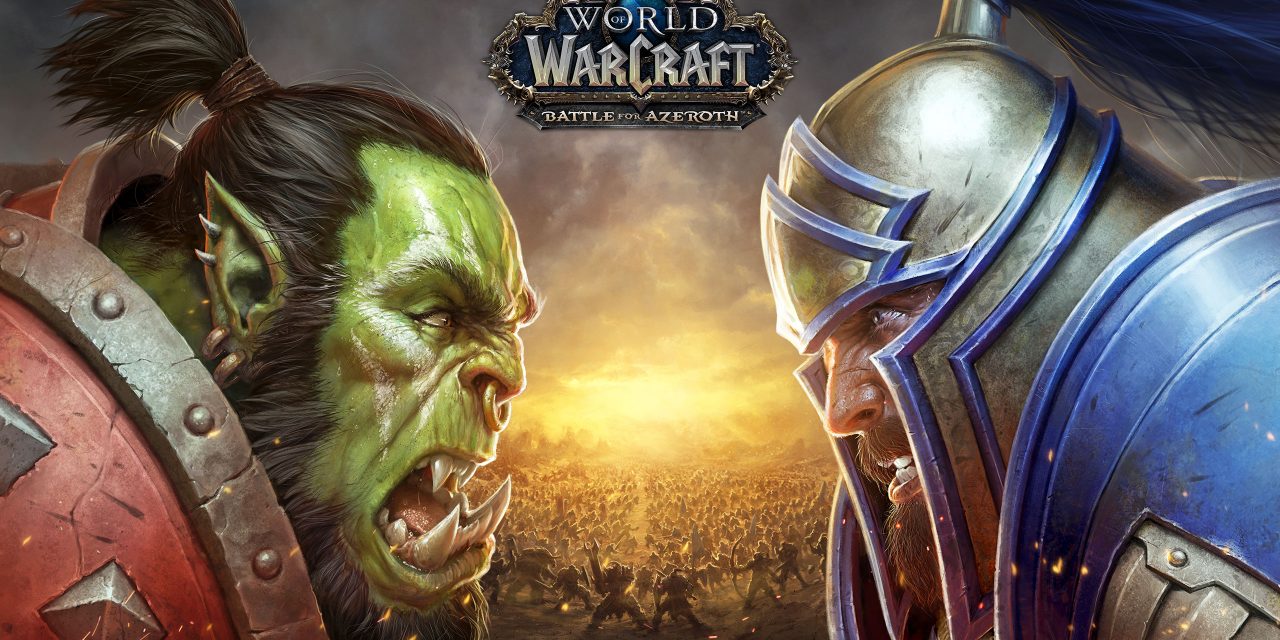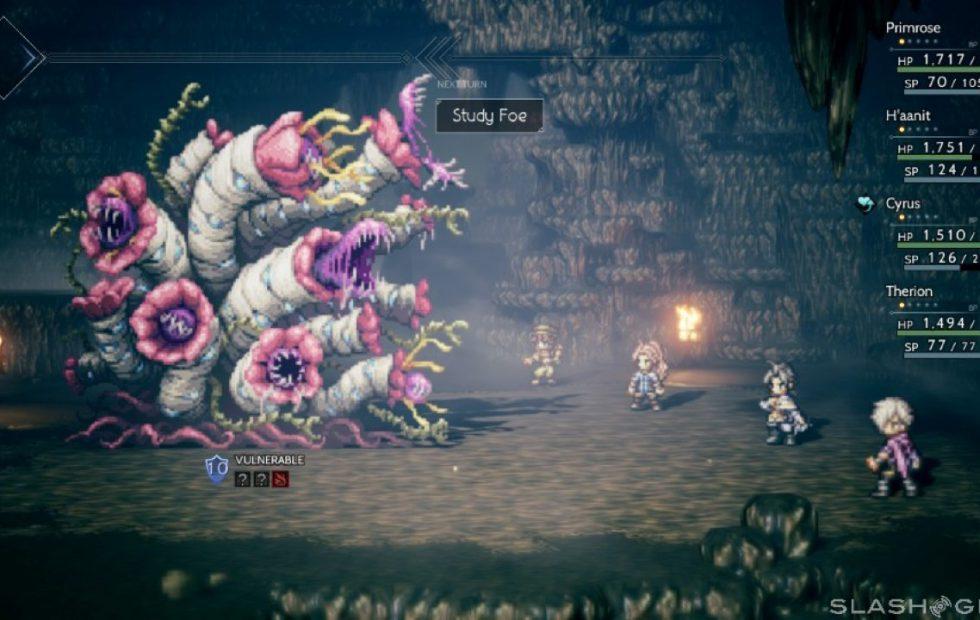WoW has become one of the games that have impacted the world of gaming for this generation. If you have ever been involved in the game, then you have a clue of what I am saying. When launched in 2004, WoW was just another game that evolved into something more significant: a second life for millions of players. It was not just a game that gathered people; it also revolutionized the concept of multiplayer games in its entirety. It was engaging, compelling, and less complex than anything that had been done before. People got hooked into a huge online world of never-ending fun, and you were not alone in the game. You needed to collaborate with your peers, think collectively, and develop together. Some people thought that leveling up must be accelerated, so they opted to buy WoW power leveling to make their game more enjoyable and in compliance with the game’s fast pace.
What is more interesting is how WoW was able to create the trends followed by most of the games in present times. A great number of MMORPGs and even games that are not MMORPGs copy ideas directly from WoW. It can be the leveling systems, the quests, or even the social factors; WoW paved the way. And the kind of influence it has is still apparent.
The Evolution of MMORPGs Before WoW
As for the MMORPGs, World of Warcraft arrived at a time when the genre was not as popular as it is today. Such games as Ultima Online, released in 1997, and EverQuest, released in 1999, were considered pioneers in the genre. These early games provided players with a territory in which they could communicate with thousands of others in real time. It was a new kind of gaming that linked players, but it was not always possible to join them. Ultima Online was largely based on the player’s interaction with other players and the game’s skill and crafting systems. At the same time, EverQuest focused on large raids and exploration, which became popular in most MMORPGs of the following years.
Challenges Faced by Pre-WoW MMORPGs
However, these early games had some major demerits which accompanied them. The biggest issue? Sometimes, they were overly complicated and severe. New players had a hard time getting into these games, and the entry into these games was time-consuming and tedious. The user interfaces were messy, which was not very appealing to casual players, and the graphics were not very impressive. In addition, the systems for social interactions were not very smooth, thus enabling the development of community integration to be a challenge. In general, these games were created for a more niche audience, which was ready to invest the time and effort to understand how the game works.
How WoW Took the Genre to the Next Level
WoW came in as a new kid on the block with new approaches to these questions. Blizzard looked at what other games lacked and corrected it. This is due to the fact that the game was able to make things simple without making them less complicated. It brought in less gritty controls, more refined interfaces, and accessibility in mechanics. It also allowed a larger audience to get into the MMORPGs since they were more accessible. All of a sudden, you didn’t have to be a gamer with an obsession for the complex fantasy worlds to get in and play. Due to its approach to accessibility and the core concept of the game being the community, WoW succeeded in making MMORPGs mainstream where no game had before.
How WoW Changed the MMORPG Space
When WoW was released to the market, it did not merely tweak things here and there. It changed the rules completely and entirely. Here’s how:
● WoW had a clear questing system put in place. Whereas, in the previous games, the player was just running around and doing anything without any purpose, now, players were given objectives to level up and to discover the world without getting confused. It was quite easy to do but at the same time, I felt that I accomplished something.
● This game made it possible to get to know people and probably relate with them in one way or another. Players were able to stay connected through guilds, friends lists, and chat channels. No matter if you played alone or with a guild, socialization was an important aspect of WoW.
● There was one thing in WoW that made me feel that game is balanced, or at least it was until I stopped playing. Blizzard was very careful not to make the game too difficult for the casual players and make them have to farm for hours. But at the same time, there were many things for loyal fans to enjoy at the same time.
● What WoW did not do was simply drop players into a world and then just leave them there to fend for themselves. There were a lot of background and interesting plots that made people feel like they were a part of something bigger when playing the game. From the moment Illidan fell to the time the Lich King rose to power, there was always something fresh to look forward to.
● Blizzard was making changes to it and releasing new expansions, dungeons, and quests all the time. This kept the community interested and ensured that the world of Azeroth remained exciting for years and years.
WoW’s Impact on Modern MMORPGs
World of Warcraft didn’t just influence its own player base; it reshaped the entire MMORPG landscape. Many of today’s most successful games—like Final Fantasy XIV and The Elder Scrolls Online—owe much of their success to the systems WoW perfected. One of the biggest shifts WoW brought about was in how developers approached accessibility. Before WoW, MMORPGs were seen as hard to get into, but Blizzard proved that you could build a game that appealed to both casual and hardcore players. This idea has stuck around, with most modern MMORPGs aiming to attract wider audiences by balancing deep mechanics with user-friendly experiences.
In addition to accessibility, WoW also redefined how game worlds are built. Its massive, interconnected zones inspired the design of many open-world MMORPGs today. The idea that a player could travel from one region to another without loading screens created a seamless experience that other games have worked hard to replicate. Many games now use WoW’s questing system as a template, with clear objectives, engaging storylines, and rewards that keep players coming back for more. In short, WoW didn’t just set the bar—it became the bar by which all MMORPGs are measured.
Broader Influence Across Game Genres
There was no question that WoW’s influence did not end with MMORPGs. It is interesting to note that the success of the game was not restricted to the genre of the game, as it impacted many other games. Here are a few key areas where WoW’s influence can still be felt:
● As mentioned above, many games, including action RPGs and first-person shooters, have adopted WoW’s loot-based reward systems. There are rewards for better equipment, as it was in WoW, and this creates an urge to play again and again.
● The guild and chat systems WoW introduced are now included in virtually every genre, from MOBAs such as League of Legends to cooperative shooters like Destiny 2. These systems support community and team work, even in the games which were not previously associated with social features.
● WoW’s focus on massive raids gave a basis for co-op multiplayer occurrences in games that were not designed to be team-based at first. Fortnite and Destiny have added raid-like missions, which involve players in a manner that is similar to WoW’s endgame.
● Some of WoW’s more contentious player versus player (PvP) modes contributed towards the earlier development of online streaming and eSports. As for the PvP in WoW, it wasn’t the main focus of the game; however, it opened the way to competitive gaming, tournaments, and live broadcasts of the matches, which became a regular feature in the gaming industry.
Keeping the Journey Going
There’s one thing that is rarely mentioned when it comes to WoW, and that is the fact that such games should really be played at a leisurely pace. WoW’s world is incredibly large, and there is no sense of urgency to do it all anyway. Do not rush through the quests or try to get to the next level as fast as possible, try to enjoy it. Whether it’s the lore immersion or simply going through the motions of walking through every corner of Azeroth, I can’t deny there is satisfaction in doing it at your own pace. What makes games like WoW great is that the trip is as important as the endpoint, if not more.
So, what’s the takeaway? The effect of WoW is not limited to the MMORPGs only but has shaped the way games are played, designed and even consumed in the current world. It is still present in the current gaming environment, and if you are a gamer, whether a beginner or a pro, you cannot ignore WoW. Think of your next game, and ask yourself: How much of it can be attributed to this World of Warcraft? You will be shocked by the answer.













